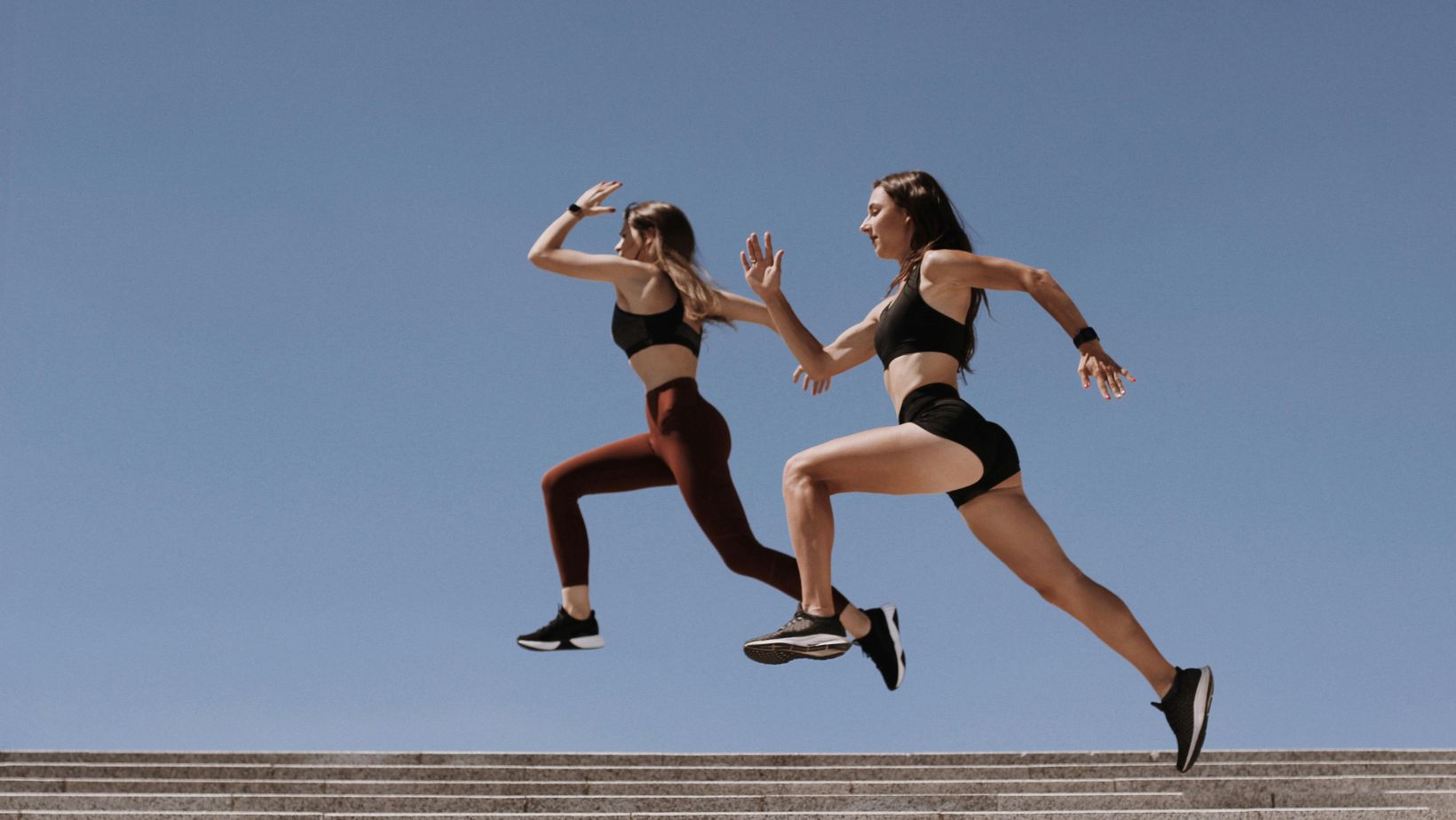Sports rely heavily on sponsorship to transform team money flows, steer player decisions, and determine match results. Major sports brands allocate a lot of money in sponsorship agreements — they understand professional sports networks’ international appeal and commercial outreach potential. Such sponsorship deals between betting services like 1xBet and sports leagues and clubs allow these betting platforms to build their market reach. Fans looking to engage with these brands can explore options like the 1xbet download app for betting opportunities. Before that, it is a good idea to explore the ways sponsorship affects athletes and their teams, besides shaping the entire sports industry.
Historical Development of Sports Sponsorship
Sports sponsorship developed from its origins in ancient Roman society when patrons of wealth supported gladiators to gain public fame. The early practice of businesses supporting gladiators later became the foundation which evolved into contemporary brand and sports personality event connections.
The growth of sports sponsorship entered its contemporary form in the final years of the nineteenth century. During the 1880s Brown & Williamson used their sponsorship money to fund uniforms for the Louisville Colonels baseball team that promoted their brand identity. The Olympic Games entrenched their bond with Coca-Cola which was initiated in 1928 and still flourishes today.
Sports sponsorship transformed radically when television appeared in the 1950s because it enabled the mass broadcast of games through living room screens. Brands seized on the opportunity for broad viewer reach, which triggered new and abundant sponsorship agreements. Businesses achieved a crucial understanding of sporting event sponsorship power during the 1984 Los Angeles Olympic Games.
Digital technology together with social media platforms has transformed how sponsorships operate in recent decades. Through social media platforms like Instagram and X(formerly Twitter), athletes can now directly meet their fans which creates fresh options for brands to share custom content with their audiences.
Impact on Athletes
Athletes strongly benefit from sponsorship through its financial benefits which lead to improved performance opportunities. A total of 173 early-career athletes representing different disciplines took part in the Czech study. The research employed t-tests and ANOVA as quantitative approaches to analyze performance outcomes resulting from sponsorship. Athletes receiving financial and material support from sponsors demonstrated a 20% improvement in competition results compared to their non-sponsored counterparts.

Beyond performance, sponsorships help athletes build personal brands. When athletes join forces with established corporate partners, they increase their market visibility so they become more attractive for future career opportunities before and after ending their athletic careers. Through her partnership with Nike, Serena Williams raised her global recognition while uniting her life story with comprehensive social matters to enhance her influential reach.
However, sponsorships can also introduce challenges. Athletes often face pressure to meet marketing obligations or maintain performance levels to retain sponsorship deals. This dual focus on athletic excellence and brand promotion can create stress and impact mental health.
Impact on Teams
For teams, sponsorships provide essential funding that supports operations, player salaries, and infrastructure development. In return, brands gain visibility through logo placements on jerseys or stadium signage. Sponsorships also foster community engagement by funding youth programs or local initiatives tied to the team’s identity.
How Brands Leverage Sponsorships
Brands use sports sponsorships as powerful marketing tools to reach diverse audiences. Sponsorships present a more user-friendly option than interruptive traditional advertising since they blend naturally with fan interactions. The unobtrusive integration between fans and brands develops genuine bonds, which increases emotional connection.
Athlete endorsements are particularly effective because they are perceived as personal recommendations rather than corporate messaging. Studies demonstrate that sports fans will buy products when their preferred athletes approve them, so 78% of these fans show increased purchase intentions. Social media platforms boost engagement statistics because athletes generate more platform engagement compared to traditional brand influencers in social media.

Sponsorship impact measurement utilizes data analytical methods by brands to determine its effectiveness. The evaluation of social media engagement rates and merchandise sales data contributes to developing more precise tactics that guarantee a substantial return on investment (ROI). Businesses achieve $3.4 million worth of media exposure through their $1 million investments in athlete sponsorship deals, which demonstrates the profitable nature of these partnerships.
The Industry Is Changing
The evolution of sports sponsorship reflects broader shifts in consumer behavior, technological advancements, and even betting dynamics. Throughout human history, gladiators fought in ancient events until today, with social media influencer sponsorship remaining a practice of using public fame to benefit both sides.
The sponsorship of athletes and teams enables crucial resource access as well as increased media exposure and better engagement with their community members. The sponsorship partnership allows brands to create remarkable opportunities for audience engagement and to reach marketing achievements. Betting companies enhance their trustworthiness and market presence by making team sponsorships with prominent sports bodies that subsequently determine how fans interface with sports and betting content.

